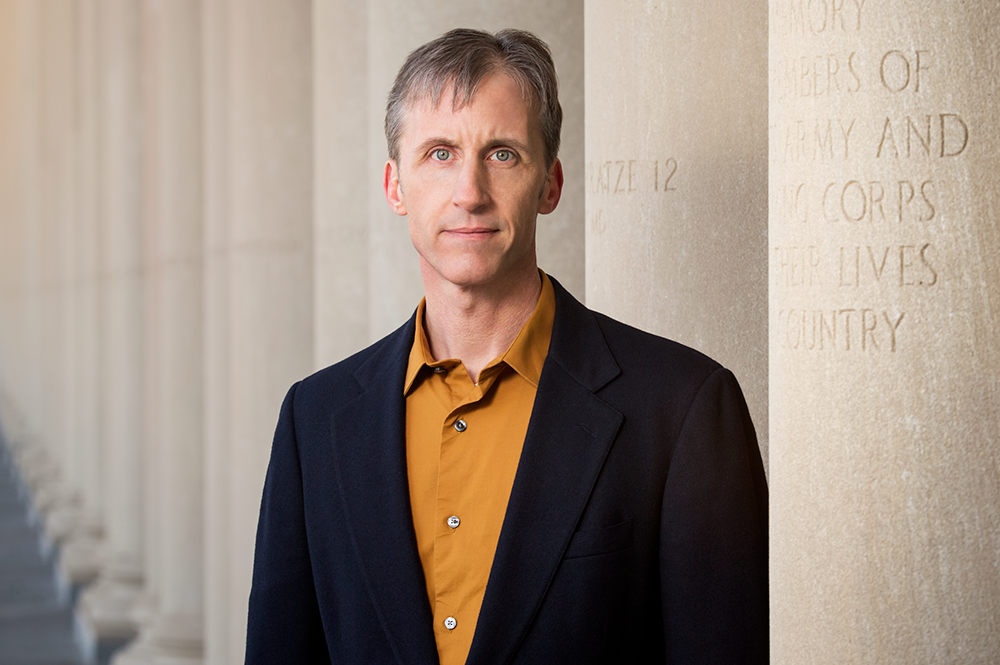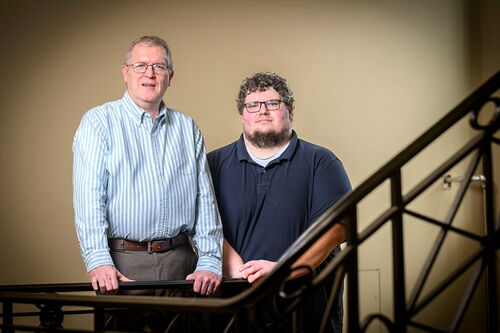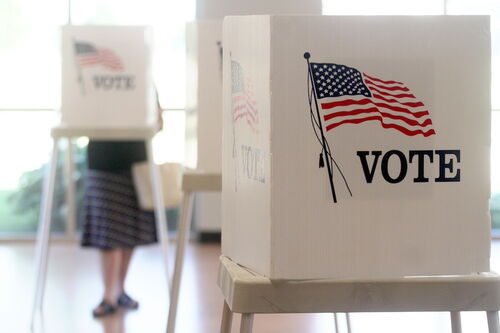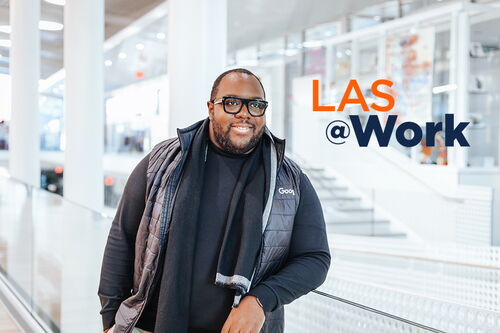De-sensationalizing the news

In wake of a terrorist attack, news organizations often showcase the blaring of the sirens, the herd of emergency vehicles, and the grieving victims affected by the violence.
But according to Scott Althaus, director of the Cline Center for Democracy and professor of political science and communication, this coverage can be problematic.
“There’s smoke, people are hurt, and it’s scary,” Althaus said. “(Terrorist organizations) create these events to generate a certain kind of media attention. It’s almost as if the attacks themselves are not the goal—the goal is the news coverage that the attacks generate.”
Althaus, along with colleagues at universities in Europe, recently received a grant to research how the media can avoid this sensationalist coverage.
“We want to understand how journalists can more responsibly report on terror attacks that provide the democratic needs of citizens while avoiding serving the strategic goals of terrorist organizations,” Althaus said.
The grant for the research came from the international research collaboration Trans-Atlantic Platform, which seeks to find solutions to social problems by combining approaches in humanities and social and behavioral sciences. Althaus and his colleagues, Hartmut Wessler from Mannheim University in Germany, and Wouter van Atteveldt from the Free University of Amsterdam in the Netherlands, were among 14 research teams worldwide that won funding from the Platform through its Digging into Data Challenge.
“This is a huge issue for contemporary journalism all around the world, and nobody’s come up with a really good solution to it, other than to identify this as a real problem,” Althaus said.
Althaus explained that a variety of factors contribute to the problems journalists face when trying to cover terrorism responsibly. For example, journalists struggle to provide information for the public as security officials resist releasing classified information. Terrorists are rarely available for interviews, and even if they are, applying standard journalistic norms of fairness, balance, and objectivity would allow the perpetrators to defend their violent actions.
Additionally, the changing model of journalism also complicates news coverage of these events, Althaus said.
“The news system has been increasingly strained by the rise of this new digital technology that takes advertising revenue away from traditional news organizations, and they’re less funded than they were in the past,” he said. “The cheapest news reporting is the kind that’s most apt to give terrorists organizations what they want. That’s the challenge we’re trying to overcome.”
Over a period of three years, Althaus and his colleagues will use text-mining techniques to analyze a large number of news articles about terrorist attacks. Then, using data science methods, the group will evaluate each article for certain qualities that make for desirable news coverage. The articles will be scored based on different metrics, including various philosophical points of view about democracy.
Once this analysis is complete, the team will determine the best method journalists can use to report on incidents of terrorism.
The group will be looking at coverage of terror events from 1945 through the present time, and will evaluate print, online, radio, and broadcast sources.
The Cline Center for Democracy has more than 85 million news articles in its digital reservoir that will be used to conduct the research. Specifically, a large part of the study will consist of analyzing 70 years of New York Times coverage. Other parts of the project will include van Atteveldt looking at a Dutch newspaper database.
Additionally, Wessler has news data set in six different languages, which will be used to evaluate coverage of the Syrian refugee crisis between August 2015 and July 2016.
“We’re looking at how coverage of these refugees is tied to concerns about terrorism looking at Turkish media, German media, Dutch media, Australian media, and Swiss media,” Althaus said.
The team begins their research in June. They plan to meet yearly once the project begins, though they each have their own team of researchers on each respective campus.
“If we could help journalists come up with different ways to report on these things and give people what they need but don’t give the terrorists what they want,” Althaus said, “then that’s going to be the win for the project.”
Aside from aiming to improve coverage of terrorist attacks, Althaus said the grant is significant for the way it combines different fields of thought and analysis.
“It’s unusual being part of this hybrid sort of scholarship that brings data sciences and humanities together,” he said. “I think this grant is going to be an opportunity for humanists and social scientists to demonstrate how the knowledge they generate inside the university can be highly relevant in addressing real world problems.”








